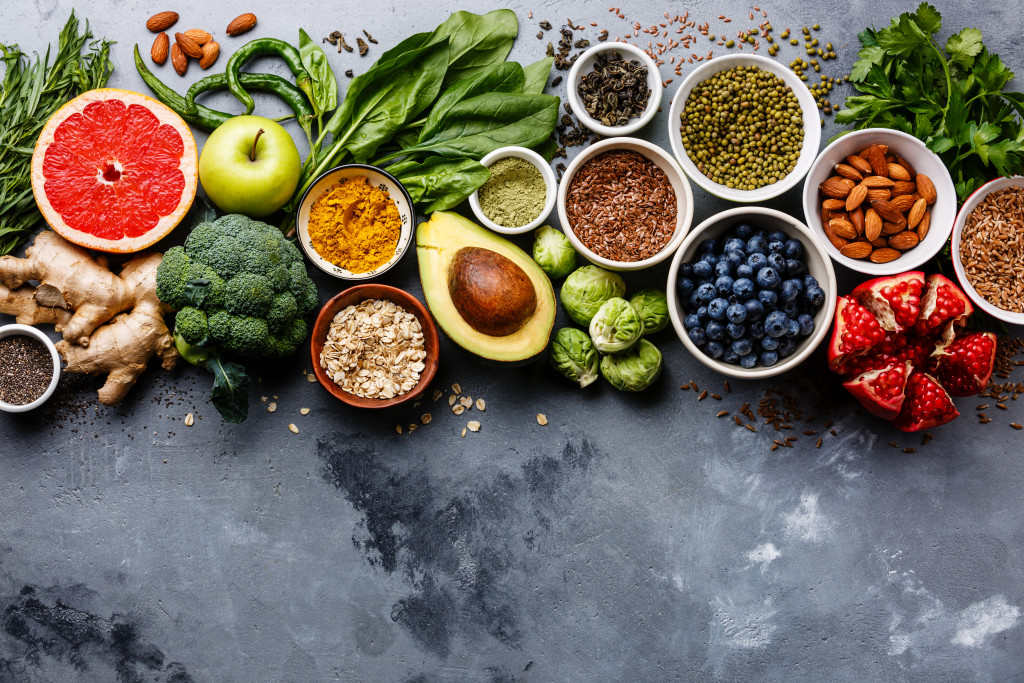- Define your course of treatment for Parkinson’s.
- Always exercise and stay active.
- Monitor your stress and anxiety levels.
- Always find the right support system.
- Eat a healthy and balanced diet.
Living with Parkinson’s disease can be a difficult journey. As the condition progresses, it can become increasingly difficult to manage symptoms and keep up with daily activities. To support those living with Parkinson’s, here are five tips for managing your symptoms, staying active and engaged in life, and maintaining overall health.
1. Establishing a Treatment Plan
The first step toward managing your Parkinson’s Disease is establishing a comprehensive treatment plan that considers all aspects of the condition—from medication management to physical activity. Your doctor should design an individualized program tailored to your needs and goals. Stem cell therapy can be a viable plan for you as it has been proven to reduce symptoms of Parkinson’s. This treatment is usually administered intravenously but can also be done intranasally or intrathecally.
2. Stay Active and Exercise
Although managing Parkinson’s can be difficult, staying active and exercising regularly can help to reduce symptoms and improve overall health. Your doctor will likely suggest activities such as walking, biking, swimming, or yoga that are appropriate for people with Parkinson’s Disease. Also, a physical therapist may recommend specific exercises specifically designed to address the symptoms of PD. It is important to note that it is not recommended to over-exert yourself, so it is best to talk with your doctor before beginning any physical activity.
3. Manage Stress and Anxiety

Living with a chronic condition like Parkinson’s Disease can trigger bouts of stress and anxiety that can further exacerbate the already present symptoms. It is essential to learn how to recognize when you’re feeling overwhelmed and take steps to manage those feelings. Taking part in activities that help you relax, such as deep breathing, stretching, or mindfulness meditation, can be especially beneficial. In particular, mindfulness meditation is a great way to help reduce stress and improve overall mental health. You can always find free mindfulness meditation resources on YouTube and other streaming platforms.
4. Find Support Groups and Resources
Having the support of family, friends, and fellow PD sufferers can make a huge difference when it comes to managing your condition. Participating in support groups with others who understand what you’re going through can provide an invaluable resource for sharing advice regarding treatments and lifestyle modifications that may prove effective. Additionally, there are numerous online resources available that offer valuable information about living with Parkinson’s Disease. You can always ask medical professionals for the right advice for you.
5. Eat a Balanced Diet
Maintaining a healthy diet is essential for controlling symptoms of Parkinson’s Disease. You must also check with your doctor before taking any dietary supplements or alternative treatments you may be considering.
Here are some of the best additions to your diet if you have Parkinson’s Disease:
Fish, meat, and eggs
You need to stock on protein-rich foods like fish, lean meats, and eggs to help maintain muscle mass. Fish is a good source of omega-3 fatty acids which can reduce inflammation associated with Parkinson’s Disease. Aside from these, you can always stock on protein by drinking milk and eating other dairy products. However, limit yourself to processed meats.
Fruits and vegetables

Eating plenty of fruits and vegetables is essential for keeping your body functioning optimally. Fruits and veggies are packed with antioxidants that help protect cells from damage caused by free radicals. Additionally, they are a great fiber source that helps regulate digestion. Some great examples of fruits and vegetables in your diet include berries, leafy greens, avocados, carrots, and sweet potatoes.
Nuts and Seeds
Nuts and seeds are a great source of healthy fats that may help reduce inflammation and protect against certain types of cancer. Additionally, they are packed with vitamins, minerals, and essential fatty acids that can improve overall health. Some of the best options include walnuts, almonds, chia seeds, hemp seeds, and flaxseeds.
Whole grains
Whole grains provide essential vitamins, minerals, and fiber for energy production and overall health. Eating whole grains such as quinoa, brown rice, oats, or barley can help keep blood sugar levels stable, which is beneficial for managing symptoms of Parkinson’s Disease.
Final Words
By following these tips for managing Parkinson’s Disease, you can take control of your condition and live a fuller life. It is essential to talk with your doctor about potential treatment options, including stem cell therapy, and create an individualized plan that meets your specific needs.







